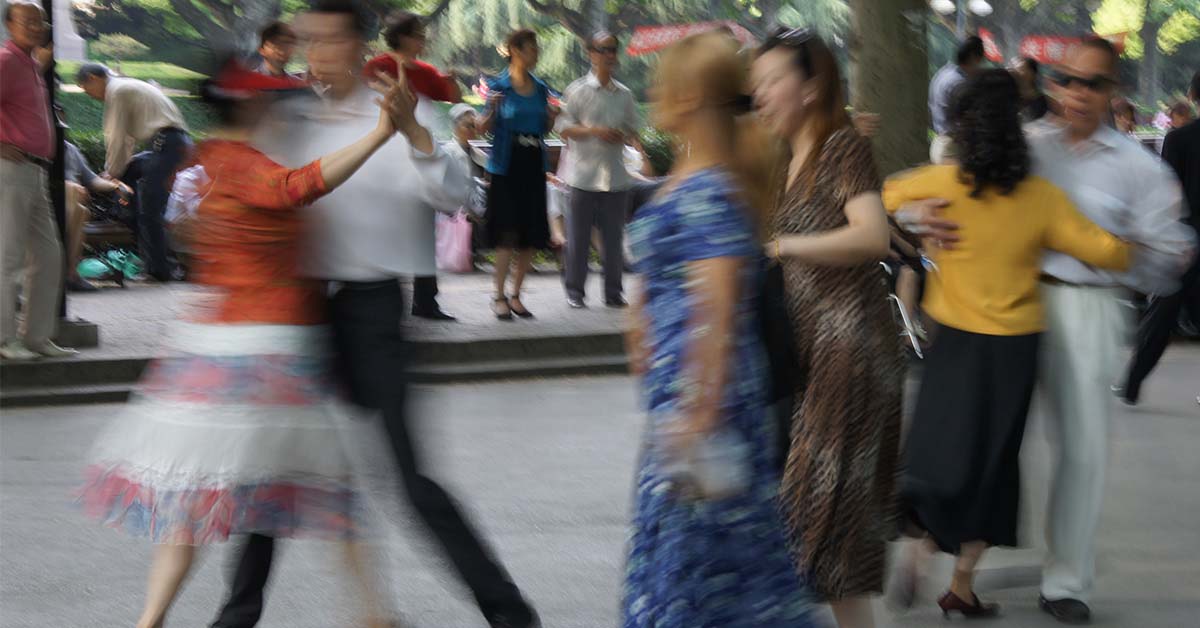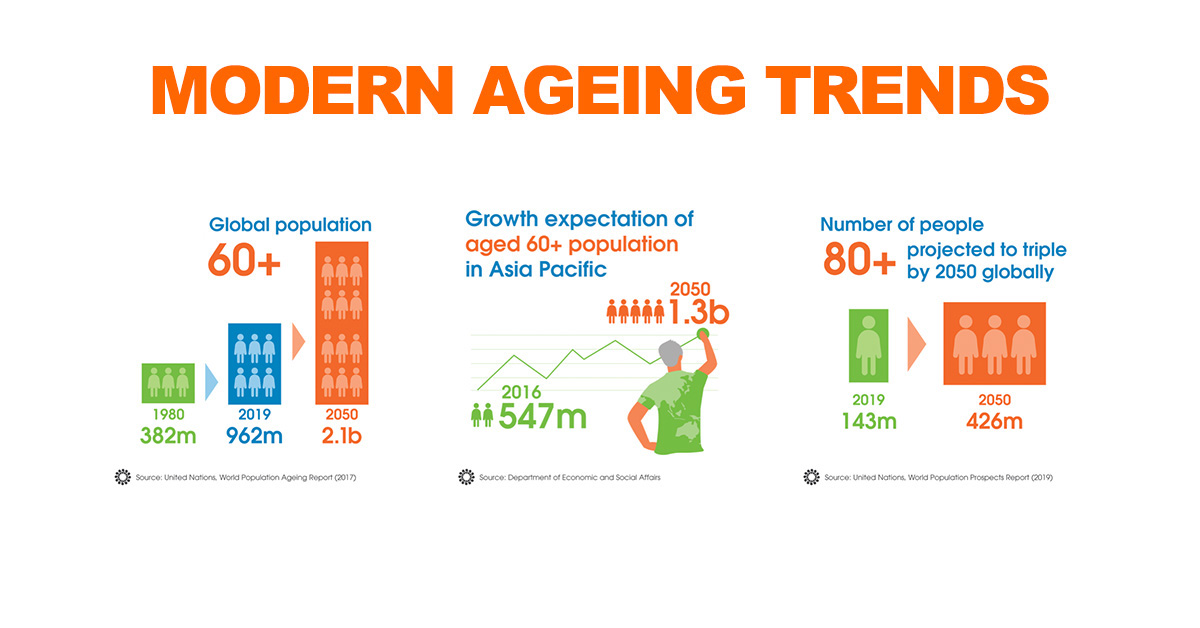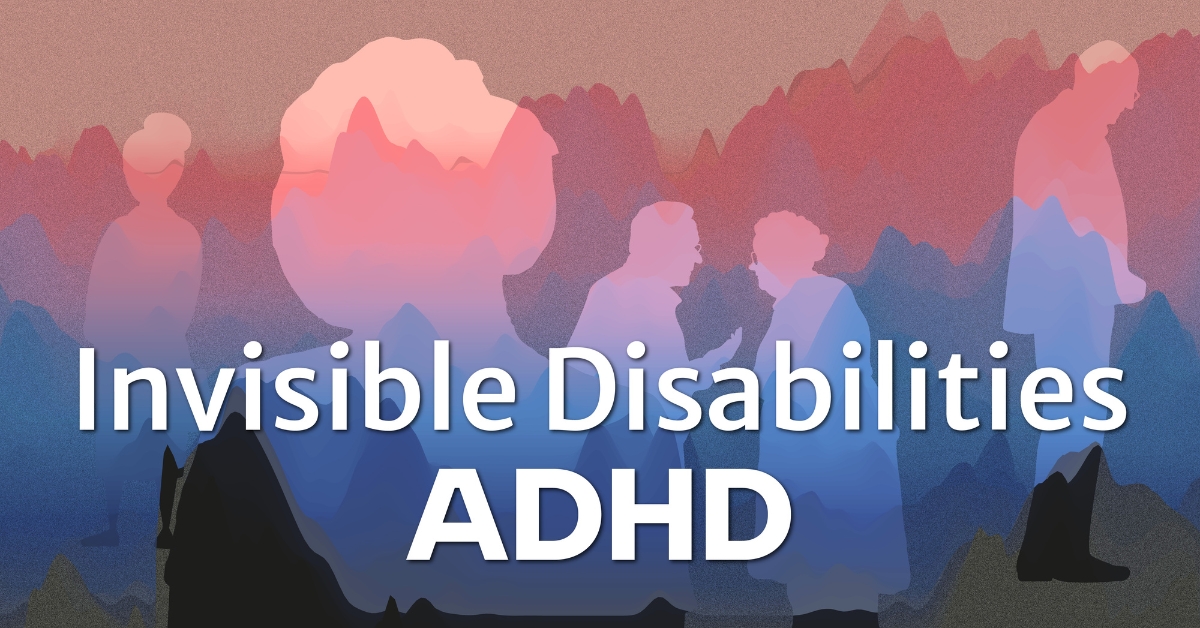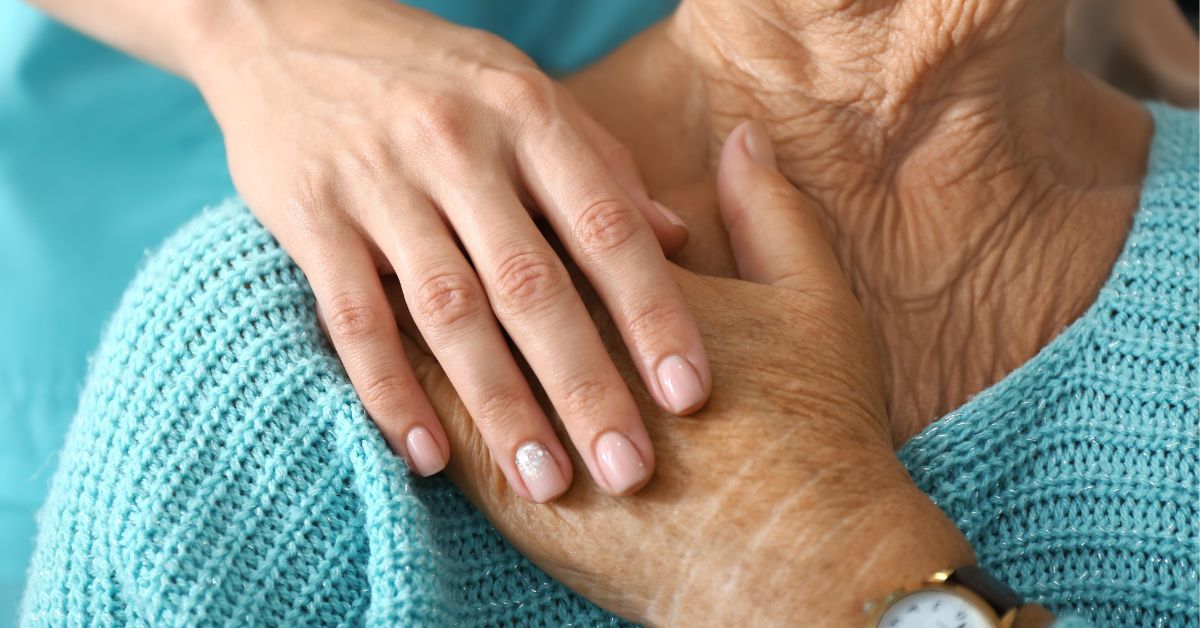
The number of people who will be above 60 years of age is expected to double by 2050, according to the World Health Organization.
These seniors will account for more than 20% of the global population, or around 2.1 billion people. Of this group, around 1.3 billion will come from the Asia Pacific.
The number of people aged over 80 years is projected to triple by 2050 to 426 million.
While medical technology has made great strides in lengthening the human lifespan, the “World Report on Ageing and Health 2015” finds that there is little evidence of the elderly living a healthier life.
Advertisement
“Unfortunately, 70 does not yet appear to be the new 60,” observed Dr John Beard, who was Director of the Department of Ageing and Life Course at WHO between 2008 and 2018, when he retired and joined the board of the Global Centre for Modern Ageing in Australia.
For the elderly, functional independence is directly dependent on physical fitness, or the ability to carry out daily tasks with vigour and alertness, without undue fatigue and with ample energy to enjoy leisure pursuits and to meet unforeseen emergencies.
In turn, physical fitness is determined by several measurable health-related phenotypes, including mainly cardiorespiratory fitness and muscle function.
What can you do to improve life quality when you are a silver?
Move And Exercise!
Again, we need to understand a bit more about physiological changes that happened when ageing first.
You may find it more challenging to climb the stairs and become more breathless when climbing the stairs once you’ve crossed into your 60s.
Why, you may well wonder.
Firstly, older adults have diminished cardiorespiratory fitness as a result of a reduction of maximal oxygen uptake. This is a result of the reduced cardiac output (the amount of blood your heart can pump out in a minute) and the amount of oxygen taken up from the blood by the tissues.
Secondly, older people lose muscle mass and strength. Muscle mass usually starts to decline after 25–30 years of age, such that on average 40% of muscle mass is lost by 80 years.
Don’t be surprised that exercise can improve cardiorespiratory fitness and muscle at the same time. Besides heart, lung, and muscle function, it can improve other systems in our body as well.
Find more details below!
Benefits aerobic exercise in cardiorespiratory fitness
Regular aerobic exercise with moderate intensity, helps to keep cardiovascular disease at bay. The benefit for the lungs includes improved ventilation and gas exchange. If you can do moderate intensity exercise 150mins/week, your risk of hypertension or suffering a heart attack is reduced. Furthermore, if your weight is well controlled with regular exercise, the risk of getting diabetes mellitus or metabolic syndrome will be reduced as well.
Benefits of resistance exercise in the ageing muscle function
Exercise could improve muscle strength and power, balance and mobility, flexibility, and joint range of motion.
Resistance training programmes — with weights or resistance bands — when performed regularly are especially useful for improving muscle mass and/or strength in the elderly, including in the very old.
However, if you are a silver who’s new to resistance exercises, please follow professional instructions and start slowly.
Benefits of exercise in other systems
For the brain, exercise improves cognitive function, memory and learning, and mood normalization by affecting multicellular signal pathways.
Exercise could improve bone density and manage obesity, thus reducing the risk of osteoporosis or fractures in the elderly.
Exercise could improve your resting metabolic rate, and increase fat oxidation and muscle synthesis. Therefore people who regularly exercise keep good body shapes even when ageing.
Exercise certainly cannot reverse the ageing process, but it does reduce many of its damaging systemic and cellular effects. Most common age-associated chronic conditions are diseases of physiology and thus physical exercise is largely the answer.
The benefits of regular exercise are such that higher levels of moderate-to-vigorous exercise (450 minutes a week) is associated with longer life expectancy.
But, for a newbie to exercise, you might want to target 150 minutes per week (about one hour, three times a week) and you may slowly increase the duration according to your ability. Based on the benefits of different types of exercises, you may want to consider combining both aerobic and resistance training to achieve the best outcome.
But always check with your doctor before you embark on any exercise programme.







